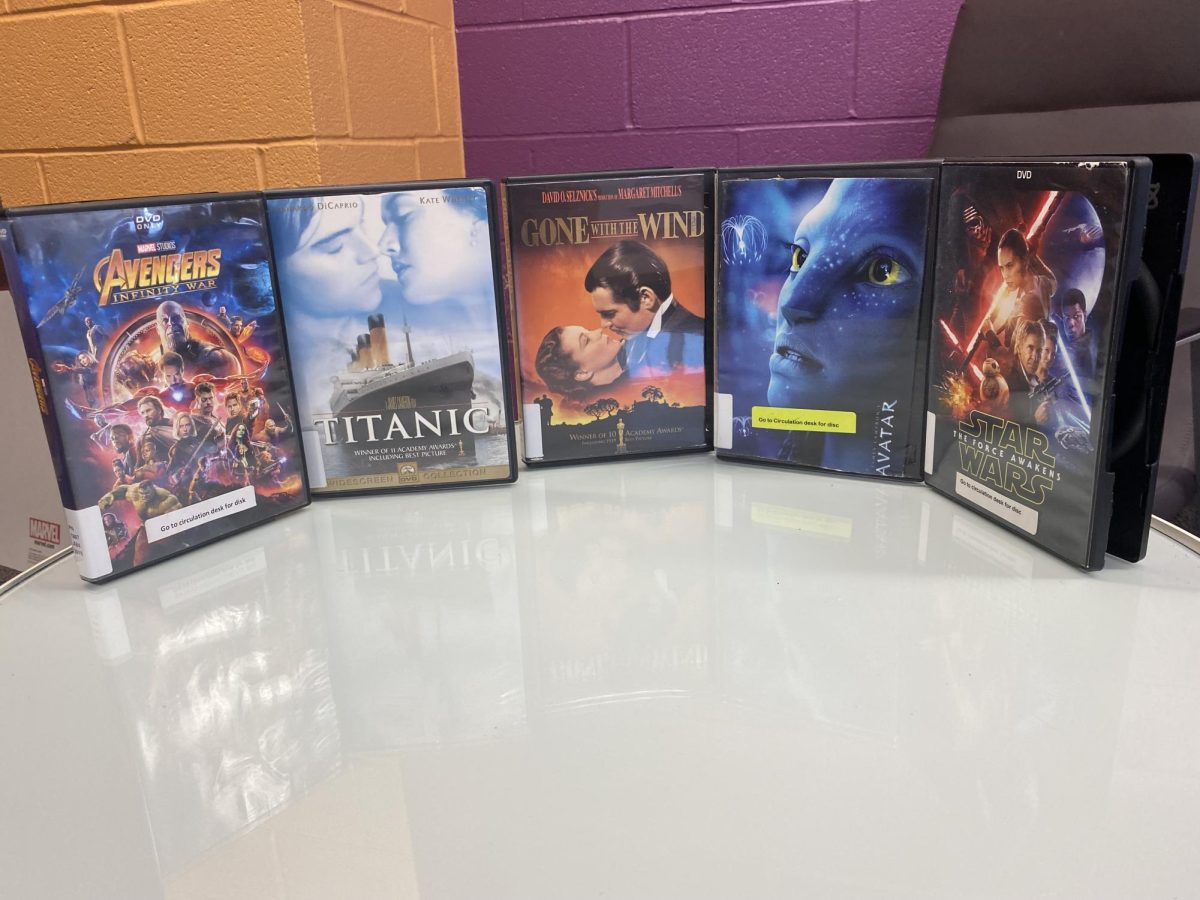In a world littered with recognizable brands, cinematic universes and an endless supply of remakes, it becomes easy to wonder if there is any room for original ideas in the modern entertainment industry. It even might seem that franchise-based movies are the only ones that people talk about or that make any money at the box office.
However, original and independent films with smaller budgets have been quietly making their mark on the industry with both critics’ ratings and financial performance. In that case, the central question becomes: are big-name blockbusters actually more profitable than original ideas?
While modern blockbusters primarily come from large franchises, most of them don’t even come close to standalone films of the past, adjusting for inflation. Out of the 20 highest-grossing movies of all time adjusted for inflation, only six came from existing film series. Similarly, the IMDb critics’ list of Top 250 Movies features a roughly equal split between standalone and franchise films. Therefore it becomes clear that, despite existing brands being very prominent in the modern entertainment industry, original ideas certainly have their place in the ever-changing landscape.
One thing that must be understood, however, about the box office numbers cited earlier: of those 20 films, only three came out of the 21st century: “Star Wars: The Force Awakens,” “Avengers: Endgame” and “Avatar.” In a rapidly changing world of digital entertainment, people are going to the movies less and less. The audience numbers of the modern age are nowhere near those of a few decades ago. When people do decide to watch a movie in the theater, they often choose a well-known franchise. In the United States, the highest grossing movies per year since 2013 have all been tied to established series, whether they be remakes, sequels or new additions to a cinematic universe.
It is impossible to ignore the fact that brands make the most money in the modern entertainment industry, but that does not mean originality is completely obsolete. Though franchise movies often do well financially, plenty of them bomb at the box office. Recent films such as “Lightyear,” “The Flash” and “Battleship” tried to succeed on a recognizable name alone and all failed because not enough care was put into the films themselves.
The recent meteoric success of “Barbie,” conversely, can be attributed to recognition of the brand as well as the widely adored filmmaking of director Greta Gerwig. Another financial juggernaut is the 2018 Marvel film “Black Panther.” Though it was part of a cinematic universe, its success was due primarily to its cultural significance as the first mainstream superhero film with a nearly all-black cast. While the success of these films were boosted by their connections to a franchise, they were able to perform phenomenal numbers because of their own artistic merit and cultural significance.
Though brand new ideas make comparatively less money, they are still able to become cultural phenomena. “Everything Everywhere all at Once” did not make groundbreaking numbers monetarily, but gained a lot of traction among the film community. In addition to making over $100 million on a $25 million budget, fans heralded it as one of the best films in modern memory. It even won seven Academy Awards, including the coveted Best Picture.
The reality of the modern entertainment industry is that films with big brands behind them sell more tickets than ones that don’t. It should be reassuring, though, to remember that films need more than name recognition to perform well financially. Likewise, films such as “Everything Everywhere” have proven that original ideas certainly have their place in the modern industry. Big names may reign supreme, but expert storytelling will find a way to survive.



